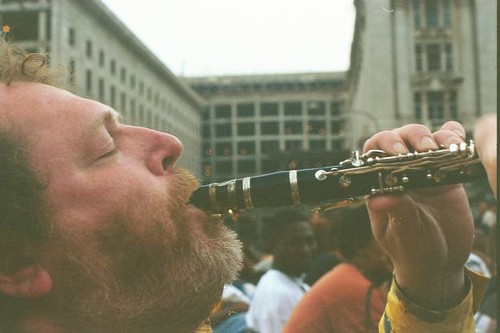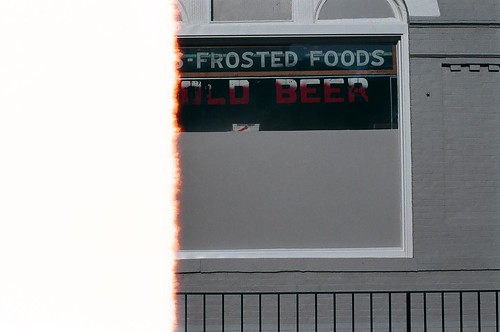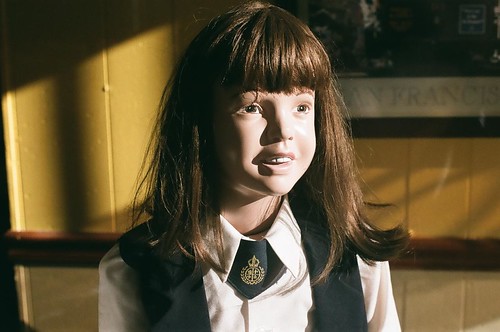Article first published as
DVD Review: Sweet Hostage on Blogcritics.
In this age of the 24-hour news cycle, we take it for granted that producers of reality television and made-for-cable movies will respond quickly to this morning’s headlines. Such was the case even in 1975, when the fondly remembered
Sweet Hostage was featured as ABC’s
Friday Night Movie. Today’s audiences may appreciate it for melodrama and even a little camp factor, but they may not be aware of the timeliness of the plot.
Martin Sheen plays Leonard Hatch , a mental patient who as the film opens is reciting Coleridge’s
Kubla Khan, right before he escapes from a Boston asylum through a laundry chute. Linda Blair is seventeen-year old Doris Mae Winters, a farmer’s daughter who is wielding a gun when we first see her: she’s just shot a 6-foot rattlesnake and hopes to keep it as a trophy when her hysterical mother (a staple of the 1970s teenage movie - cf
The Loneliest Runner) comes along and axes it to pieces. These efficient opening scenes are an overture to the movie’s themes: the ennobling nature of literature; escape from the confines of societal expectations; man vs. nature; sexual hysteria. The characters' names are ripe with meaning as well - Hatch opens up an escape route not simply for himself; Winters is clearly discontent in her life on the farm. It is also obvious that she can fend for herself. However, the only trophy she manages to salvage from her kill is the snake's rattle, which various characters treat as a talisman throughout the film.
This is a pair fated to meet, and when Sheen, on his third or fourth hot car, ends up in New Mexico, he chances upon Blair examining her broken pick-up truck. Their fate is sealed and Sheen takes her hostage in a remote cabin.
Stocklholm Syndrome is the phenomenon where a hostage develops sympathy for their captor. Classified in 1973, its most famous example was the 1974 case of Patty Hearst and her abduction by and later affinity with the Symbionese Liberation Army. When
Sweet Hostage was first broadcast, the notion of a hostage falling for their captor was very much in the news. Today it would seem sick if not entirely surprising that a major network would respond to the headlines with what is essentially a romance.
Sheen and Blair have an easy chemistry, so much so that despite her protestations, you never quite fear for her life. Sheen’s star-making turn in
Badlands in 1973 also prepared us for a sympathetic depiction of his outlaw urges; and Blair's battle with the devil established her own strength.
Despite the captor's aggression, his intentions seem chaste, even professorial. The literary conceits that Sheen wields are hammier than we have come to expect from him, and we can probably blame a lot of erudite-insane characters on this performance (hello
The A Team?). Hatch/Sheen takes to calling his hostage Christabel, after another Coleridge poem. Winters resists her captor’s didactic approaches at first but this becomes part of an enriching teacher-pupil dynamic.
The sympathy between captor and hsotage may be unusual and even distasteful but the actors play it well, especially when the script reins in the literary references that often lean this in the direction of camp. The script by Edward Hume (who went on to script the apocalyptic tv-movie
The Day After) can be overheated and the symbolism heavy, with a serpent and an apple signifying Eden. Scenes in the cabin become a haven away from the townspeople, who seem to belong to a different tribe. The cabin itself is like a stage, Sheen and Blair players in a chamber piece reluctantly pulled away from to get provisions - and this is where the Fall begins. They don’t make them like this anymore, and that may be a good thing, but those who like their backwoods romances uncomfortable will love
Sweet Hostage.
Like other Warner Archives made-to-order DVDs, the disc does not include any bonus features. You can pre-order it from Amazon, but it's cheaper if you order directy from
Warner Archives, where it is available now.


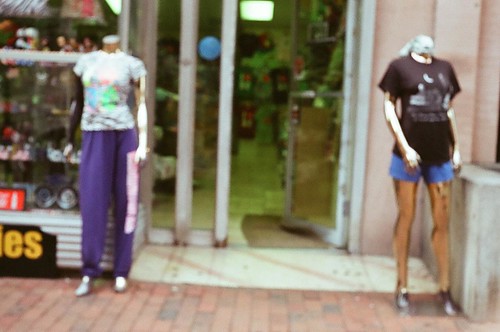


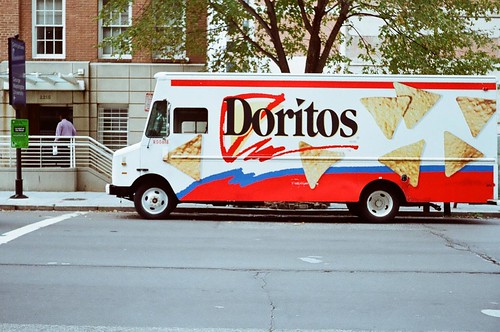


 Cohen is known for B-movies that don’t quite live up to their premise, like the early Michael Landon picture I Was Teenage Werewolf and the late-career Joan Crawford vehicle Trog. The burden of this dark menagerie is carried by Michael Gough, who starred in two other Cohen productions, Horrors of the Black Museum and Konga. For Black Zoo he takes on the role of organ-playing zoo keeper Michael Conrad, who lords over the animals of his Los Angeles zoo. James Dean wannabe Rod Lauren plays the mute Carl, the zoo keeper's charge, and veteran character actor Elisha Cook plays to his signature bug-eyed strength as he teases a tiger with raw meat. Add to this a memorable gorilla attack that prefigures Chinatown, and the synopsis alone may lure the unsuspecting viewer to pounce.
Cohen is known for B-movies that don’t quite live up to their premise, like the early Michael Landon picture I Was Teenage Werewolf and the late-career Joan Crawford vehicle Trog. The burden of this dark menagerie is carried by Michael Gough, who starred in two other Cohen productions, Horrors of the Black Museum and Konga. For Black Zoo he takes on the role of organ-playing zoo keeper Michael Conrad, who lords over the animals of his Los Angeles zoo. James Dean wannabe Rod Lauren plays the mute Carl, the zoo keeper's charge, and veteran character actor Elisha Cook plays to his signature bug-eyed strength as he teases a tiger with raw meat. Add to this a memorable gorilla attack that prefigures Chinatown, and the synopsis alone may lure the unsuspecting viewer to pounce.
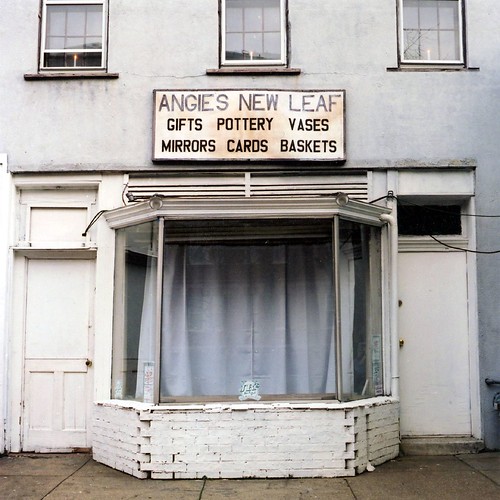



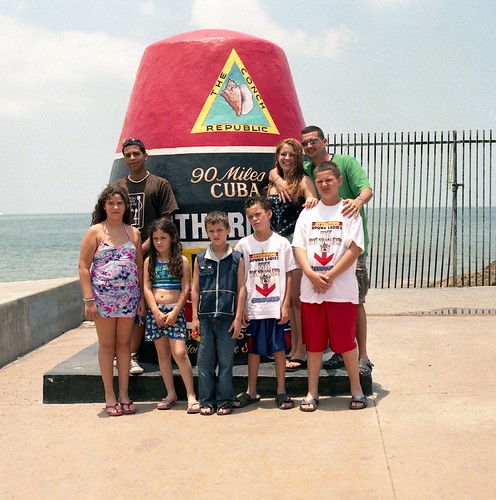


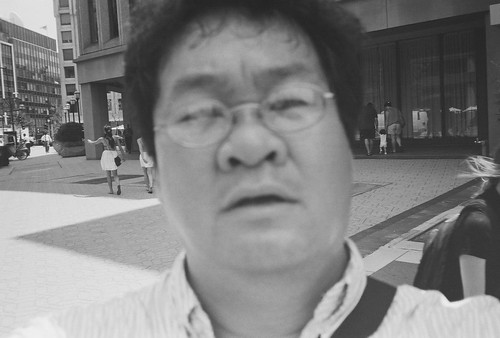
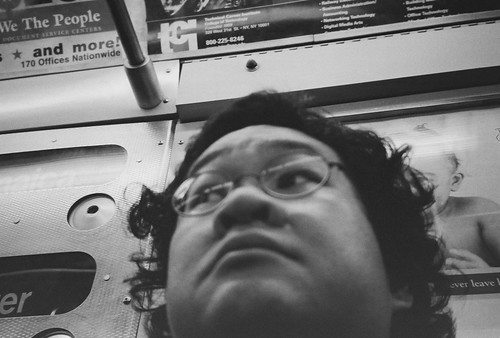
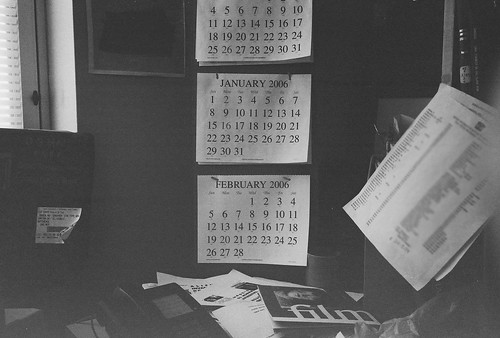
 Who is the titular Terry, and how does he like his coffee? This is not made clear, though you might guess he’s the one with the Ubuntu coffee mug. As soul-destroying as office work can be, there are little consolations to make one’s dreary career pass more easily, be they doodles or black java. Is Terry a scathing critique of the office or a celebration of the people who toil in its dull conforming glow? The subject matter is loaded, but van Roekel doesn’t tell you how to feel. The artist’s eye simply immerses you in the details of that world. He does what artists do: takes the familiar and makes it strange.
Who is the titular Terry, and how does he like his coffee? This is not made clear, though you might guess he’s the one with the Ubuntu coffee mug. As soul-destroying as office work can be, there are little consolations to make one’s dreary career pass more easily, be they doodles or black java. Is Terry a scathing critique of the office or a celebration of the people who toil in its dull conforming glow? The subject matter is loaded, but van Roekel doesn’t tell you how to feel. The artist’s eye simply immerses you in the details of that world. He does what artists do: takes the familiar and makes it strange.
